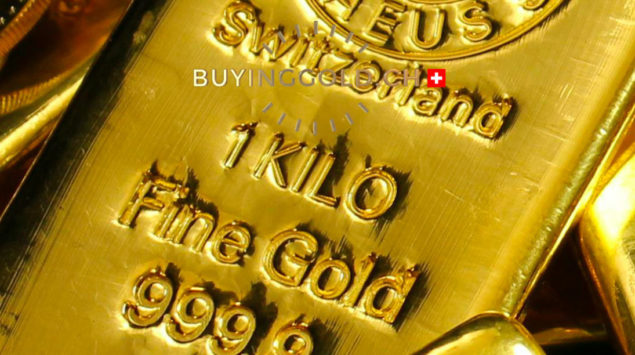
Switzerland’s gold reserves are managed by the Swiss National Bank (SNB). As of June 2017, the Bank held around 1,040 tonnes of gold, representing approximately 7% of the country’s total gold reserves. This gold is stored in various vaults throughout the country, with the largest share located in Bern. It primarily serves as a reserve and is not used for circulation.
Gold as a Strategic Reserve
With an estimated value of USD 247 billion, Switzerland’s gold reserves rank among the largest in the world. This high valuation underscores the economic and strategic importance of gold to the country.
Switzerland has been storing gold since as early as the 13th century. Since 1907, the Swiss National Bank has been legally required to hold 20% of its assets in gold. Today’s holdings amount to around 1,040 tonnes — a significant part of the Bank’s asset structure.
Historical Development of Gold Reserves
Switzerland’s gold reserve history is long and eventful. Some key milestones include:
- From the 13th century: Accumulation of gold begins, partly in response to currency crises in Europe.
- Early 16th century: Switzerland holds the largest gold reserves in Europe.
- Napoleonic Wars: Switzerland benefits while other countries are forced to sell gold to fund their wars.
- 1848: A new constitution declares gold the sole legal tender.
- Gold standard introduced: 1 gram of gold = 4.50 Swiss francs.
- 1931: Gold standard abandoned during the Great Depression.
Gold Backing and Exchange Rate Regimes
After World War II, gold continued to play a key role:
| Period | Measure / System | Exchange Rate |
| Post-1945 | Gold backing for the Swiss franc | 35 francs per ounce of gold |
| 1944–1971 | Bretton Woods system | Pegged to the US dollar |
| 1971 | Collapse of the system (“Nixon Shock”) | Beginning of a floating exchange rate regime |
In response, the SNB stopped selling gold and began building up additional reserves. This strategy was especially pursued during the 1980s and 1990s, amid increasing global geopolitical uncertainty.
Current Position of the SNB
The Swiss National Bank reached today’s gold reserve levels around the year 2000. Despite fluctuations in market prices over time, gold remains a core component of Switzerland’s reserves. The SNB has repeatedly affirmed its intention to continue holding 20% of its assets in gold in the future.
Enduring Value Through Changing Times
Switzerland’s gold reserves are not only a symbol of economic strength but also a testament to historical foresight. From medieval crises to global wars and modern monetary systems — gold has never lost its relevance. It continues to act as a stabilizing element in the nation’s wealth portfolio and remains an indispensable instrument of security for Switzerland.













